- Home
- slideshows
- miscellaneous
- The Marines pulled tanks out of caves in Norway for war games close to Russia's border for the 2nd year in a row
The Marines pulled tanks out of caves in Norway for war games close to Russia's border for the 2nd year in a row
During deployment for the exercise, Marines from 2nd Marine Logistics Group flew to Norway from Camp Lejeune to take the vehicles and equipment out of the caves, Rankine-Galloway said.

This year, a wider variety of Marine Corps wheeled and tracked vehicles were included to facilitate faster-paced and more complex drills, according to a Marine release.
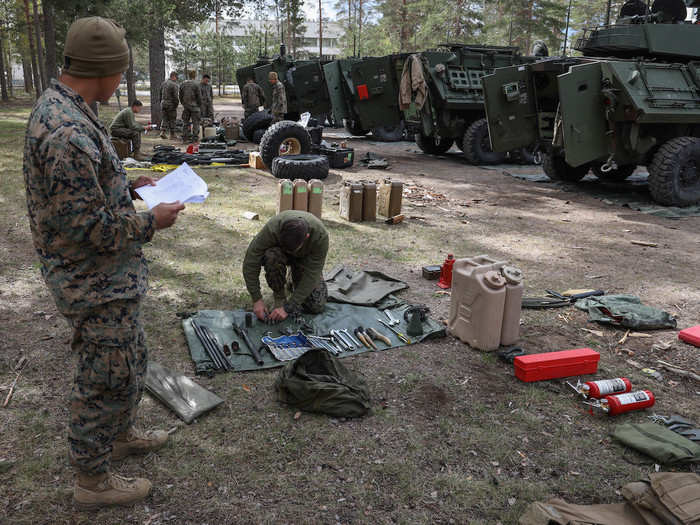
While there was just one Marine M1A1 Abrams tank platoon last year, "this year's exercise involved an M1A1 Abrams tank platoon, a Light Armored Vehicle platoon, High-Mobility Multipurpose Wheeled Vehicles (Humvees), [and] Medium Tactical Vehicle Replacement 7-ton trucks," Rankine-Galloway said.
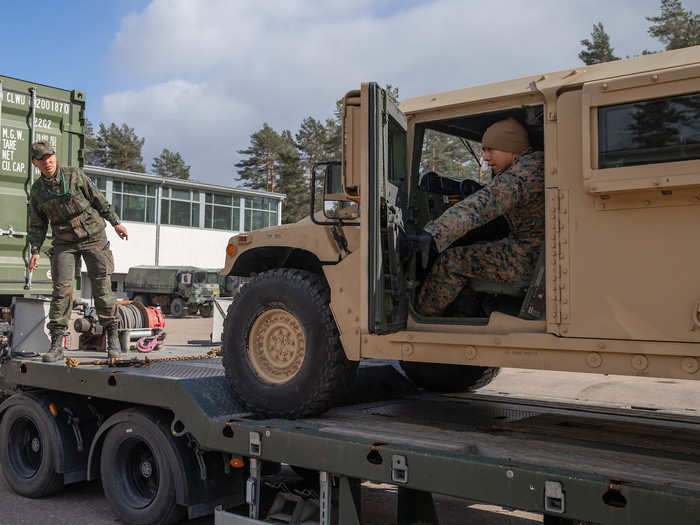
More than 100 Marines from 2nd Marine Division and 2nd Marine Logistics Group also joined the exercise, led by a Finnish armored brigade, Rankine-Galloway said.
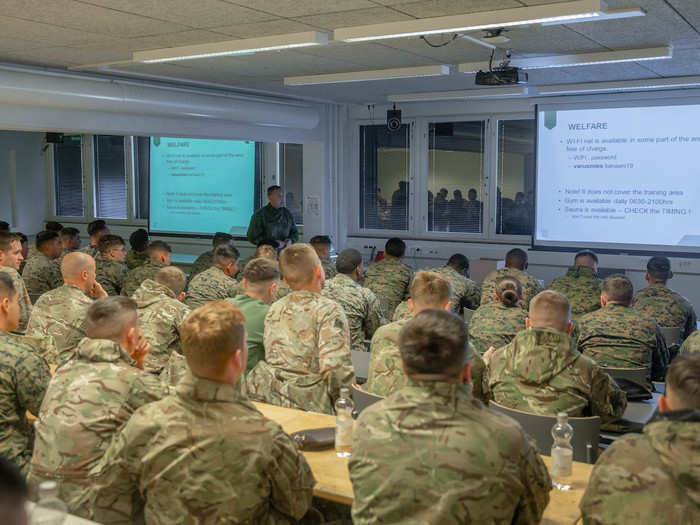
Alongside the Marines were about 200 US soldiers from the Outlaw Troop of the 2nd Cavalry Regiment, as well as Finnish, British, and Estonian troops.
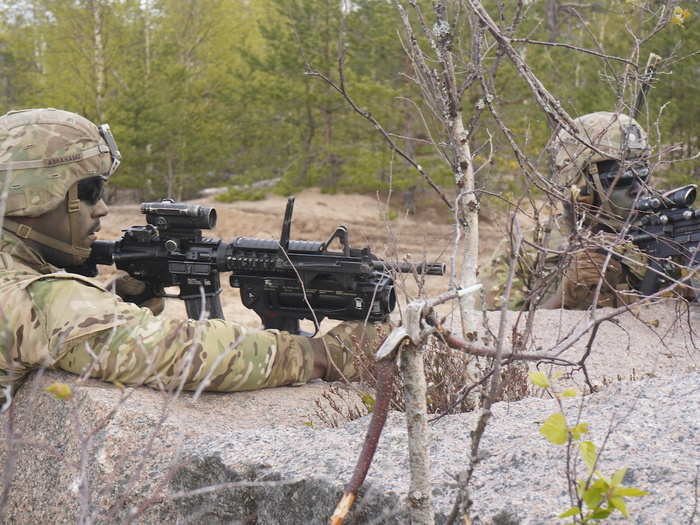
The exercise consisted "of a force-on-force portion where Outlaw Troop was attached to a Finnish Battalion as they conducted [situational training exercise] maneuvers against another Finnish battalion," Capt. Jimmyn Lee, Outlaw Troop commander, said in a release.
![The exercise consisted "of a force-on-force portion where Outlaw Troop was attached to a Finnish Battalion as they conducted [situational training exercise] maneuvers against another Finnish battalion," Capt. Jimmyn Lee, Outlaw Troop commander, said in a release.](https://staticbiassets.in/thumb/msid-69705486,width-700,height-525,imgsize-362288/the-exercise-consisted-of-a-force-on-force-portion-where-outlaw-troop-was-attached-to-a-finnish-battalion-as-they-conducted-situational-training-exercise-maneuvers-against-another-finnish-battalion-capt-jimmyn-lee-outlaw-troop-commander-said-in-a-release-.jpg)
The situational training and live-fire exercises allowed US soldiers to observe their Finnish counterparts using their BMP-2 armored vehicles and to train with their own weapons, including the 30mm cannons on the Stryker Dragoon armored infantry carrier and the AT-4, an 84 mm anti-tank weapon.
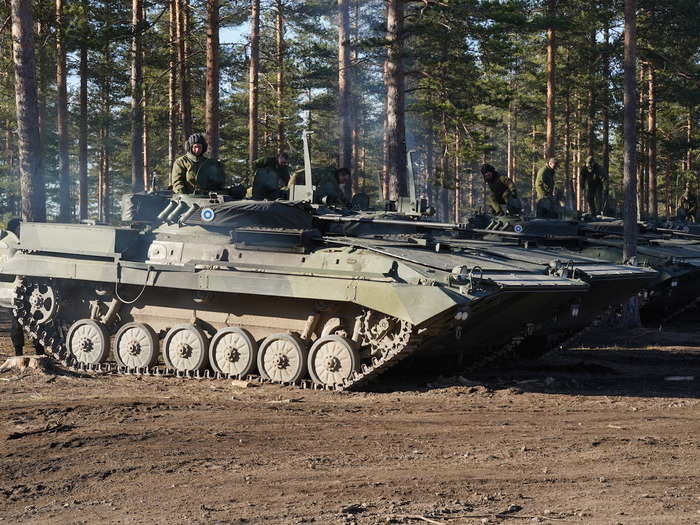
The cavalry soldiers focused on dismounted operations, but working with mechanized units that can move quickly and in force added complexity, Lee said. "That's required us to step our game up when it comes to our mounted assets and bring our 30 mm Dragoons into the fight."
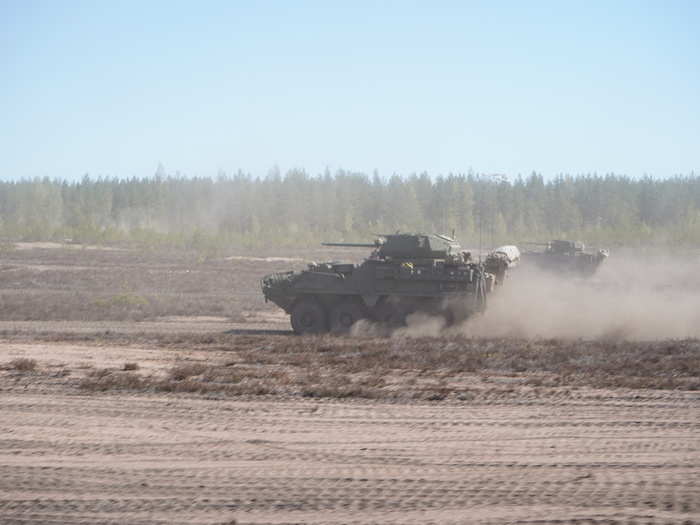
The weeklong force-on-force training incorporated the multiple integrated laser engagement system, or MILES, which uses a laser-sensor system with blank ammunition to simulate combat situations. Soldiers present also wore Deployable Instrumentation System, Europe vests, and halos with transmitters on their rifles and vehicles.

DISE provides video-game-like playback, with fast-forwarding and rewinding. "With MILES, you get the adjudication of kills and just the basic level of force-on-force support," Lee said. "However, with DISE, the [after-action review] capability was the biggest gain."
![DISE provides video-game-like playback, with fast-forwarding and rewinding. "With MILES, you get the adjudication of kills and just the basic level of force-on-force support," Lee said. "However, with DISE, the [after-action review] capability was the biggest gain."](https://staticbiassets.in/thumb/msid-69705478,width-700,height-525,imgsize-782246/dise-provides-video-game-like-playback-with-fast-forwarding-and-rewinding-with-miles-you-get-the-adjudication-of-kills-and-just-the-basic-level-of-force-on-force-support-lee-said-however-with-dise-the-after-action-review-capability-was-the-biggest-gain-.jpg)
With DISE, US personnel could also simulate injuries, allowing for scenarios in which soldiers could perform combat lifesaver measures to reset the vests and to add more time to soldiers' virtual lives.
During the situational exercise training, US cavalry soldiers worked with Marines under the direction of the Finnish battalion battle group commander, carrying out attack and defensive maneuvers.
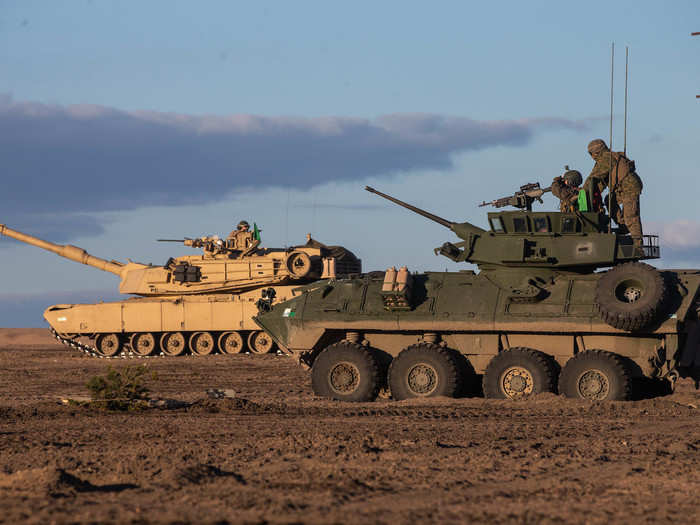
"Operating under a Finnish battalion command has been the biggest learning point for us," because Finnish forces operate with different tactics and techniques and different standard operating procedures, Lee said.
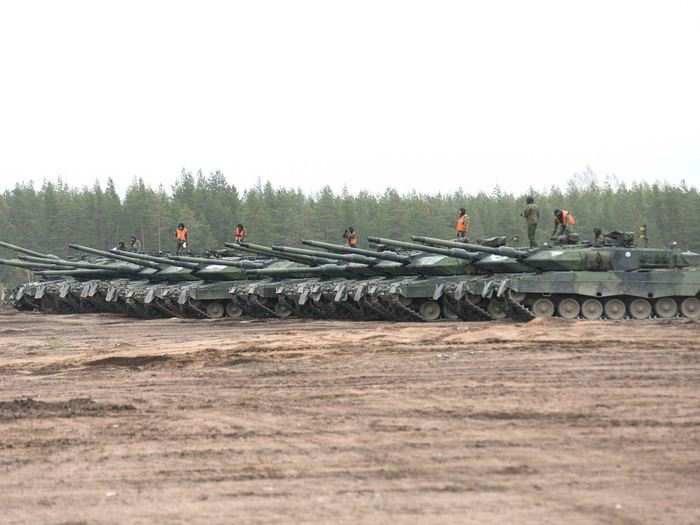
The disparity in tactics and procedures requires US troops to get in contact with Finnish leadership, Lee said, "to ensure that they understand how we fight [and] how they best could employ us if we are attached to them."
![The disparity in tactics and procedures requires US troops to get in contact with Finnish leadership, Lee said, "to ensure that they understand how we fight [and] how they best could employ us if we are attached to them."](https://staticbiassets.in/thumb/msid-69705474,width-700,height-525,imgsize-438101/the-disparity-in-tactics-and-procedures-requires-us-troops-to-get-in-contact-with-finnish-leadership-lee-said-to-ensure-that-they-understand-how-we-fight-and-how-they-best-could-employ-us-if-we-are-attached-to-them-.jpg)
Staff Sgt. Zachary Brunnemer, a senior cavalry scout with Outlaw Troop, pointed to reconnaissance assets and how they're used as one big point of difference between US and Finnish forces.
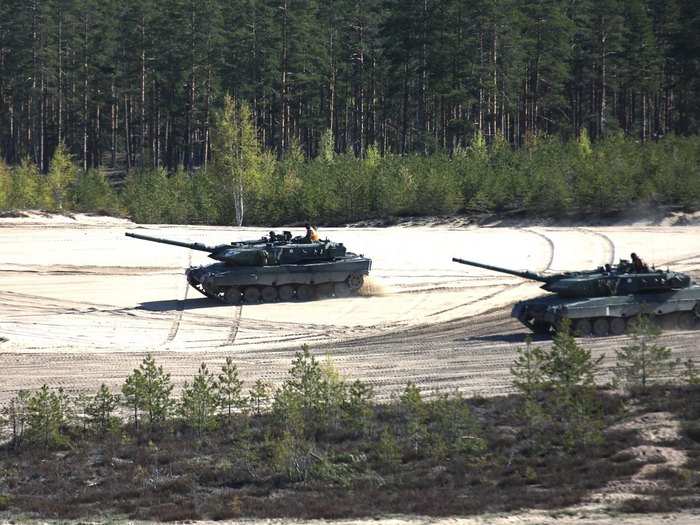
"The biggest thing is understanding the capabilities of your other counterparts and allies, seeing the strengths that they have," Brunnemer said. "Understanding how they can complement ourselves [is necessary] so that [we] are able to accomplish the mission."
!["The biggest thing is understanding the capabilities of your other counterparts and allies, seeing the strengths that they have," Brunnemer said. "Understanding how they can complement ourselves [is necessary] so that [we] are able to accomplish the mission."](https://staticbiassets.in/thumb/msid-69705472,width-700,height-525,imgsize-528181/the-biggest-thing-is-understanding-the-capabilities-of-your-other-counterparts-and-allies-seeing-the-strengths-that-they-have-brunnemer-said-understanding-how-they-can-complement-ourselves-is-necessary-so-that-we-are-able-to-accomplish-the-mission-.jpg)
US soldiers and Marines were on the same side for the initial phase of force-on-force training. Later, the Marines partnered with the opposing Finnish force, providing more grist for their inter-service rivalry.
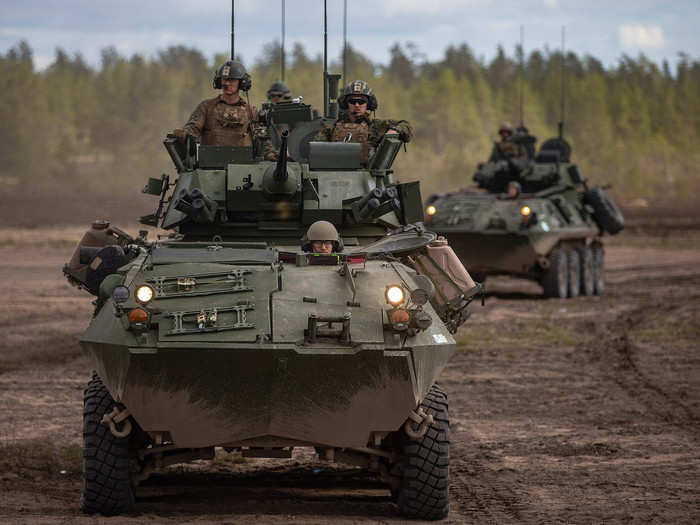
"They've been a very interesting enemy to fight for us because they're in their [Light Armored Vehicles], kind of an analogous to our [Dragoon Infantry Carrier Vehicle], and they had a platoon of Abrams," Lee said of the Marines. "They proved to be a challenging enemy to have to plan against and maneuver against, but I'd say our guys did very well against them."
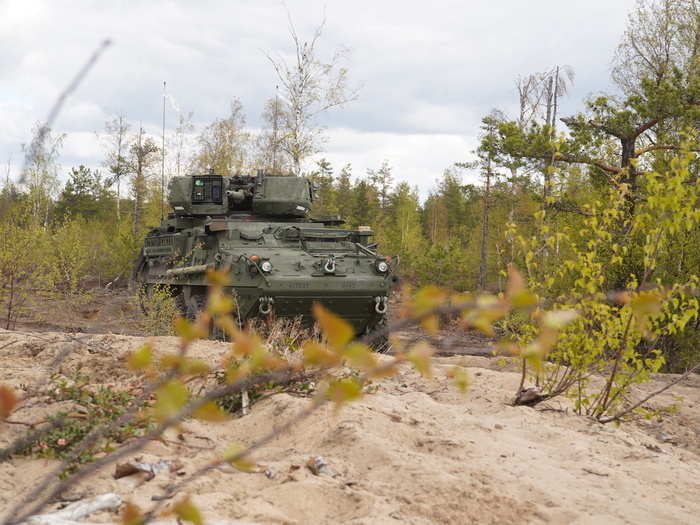
"It's a lot of fun," Brunnemer said. "I get into little jabs here and there whenever we get a kill on one of their vehicles, or they get us."
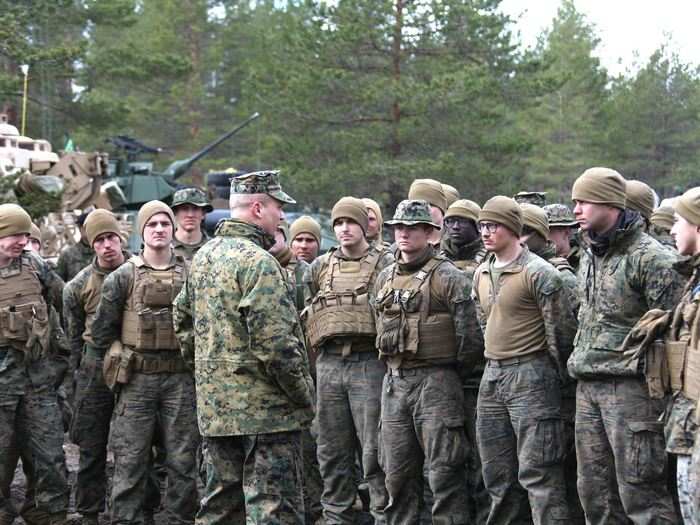
There were some extra steps on the return trip for the Marine Corps' gear, Rankine-Galloway said. "For redeployment, the Marines coordinated with the Finns and Norwegians to move exercise equipment back to the caves via a Norwegian ferry as well as Finnish, Swedish, and Norwegian rail."

While Norway is a member of NATO, Sweden and Finland aren't, though both countries have worked more closely with the alliance in recent years, in large part due to concerns about their neighbor to the east.
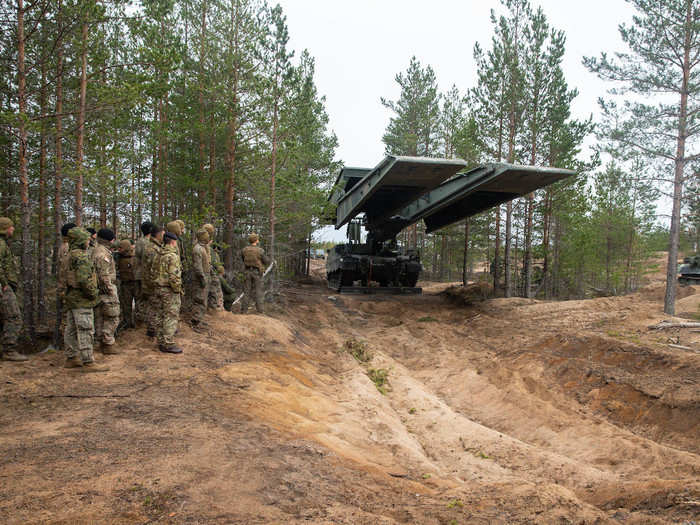
Returning by rail "involved transferring vehicles from Finnish-gauge rail cars to Swedish- and Norwegian-gauge rail cars at the Finland-Sweden border," Rankine-Galloway said.

"This allowed us to ensure that we can transport equipment throughout Scandinavia over multiple platforms, and to exercise our ability to quickly deploy our equipment using the logistical and transportation networks in the region," Rankine-Galloway added.
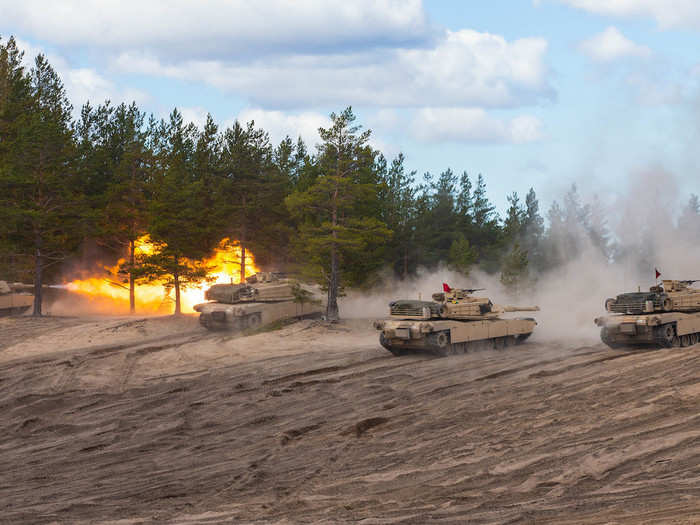
Popular Right Now
Popular Keywords
Advertisement